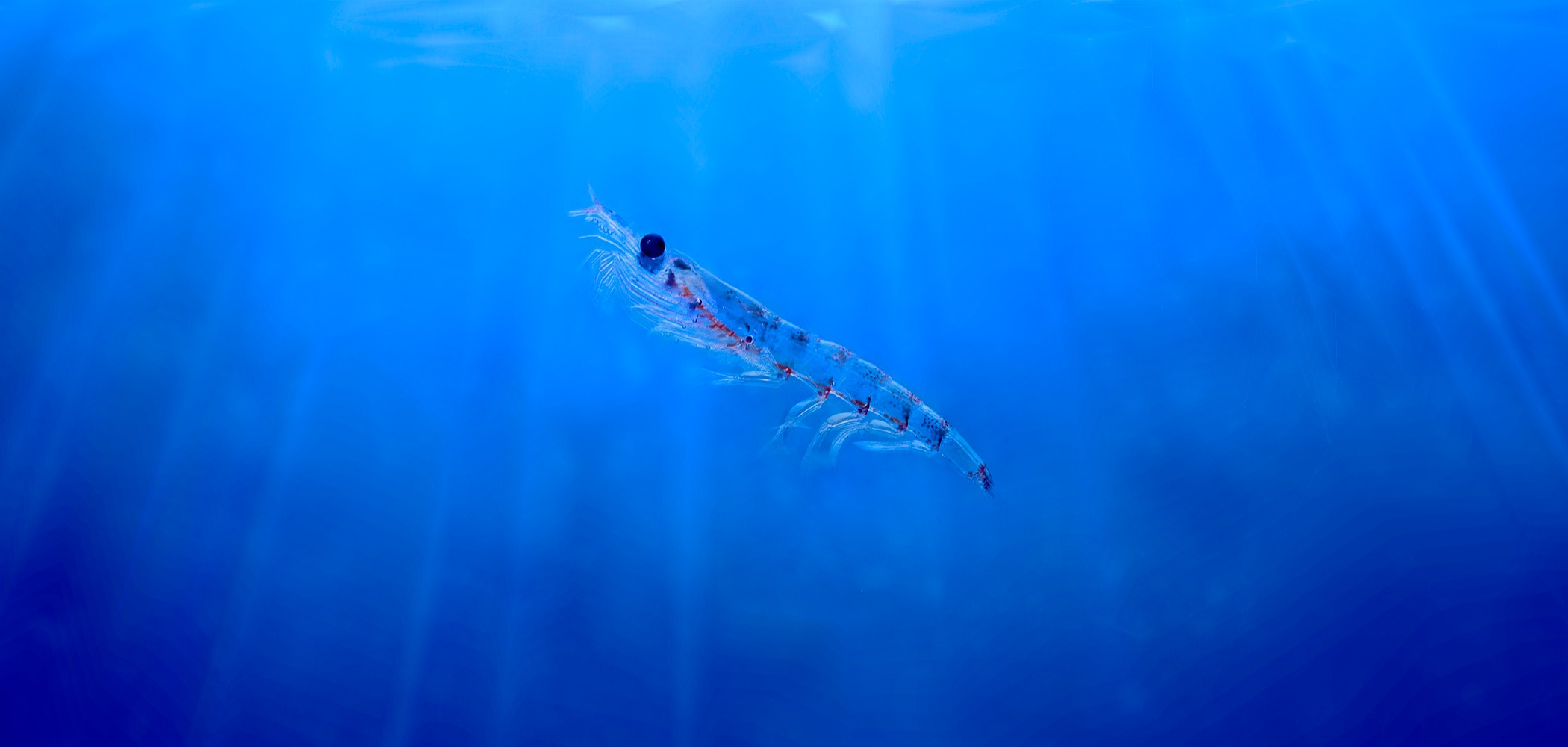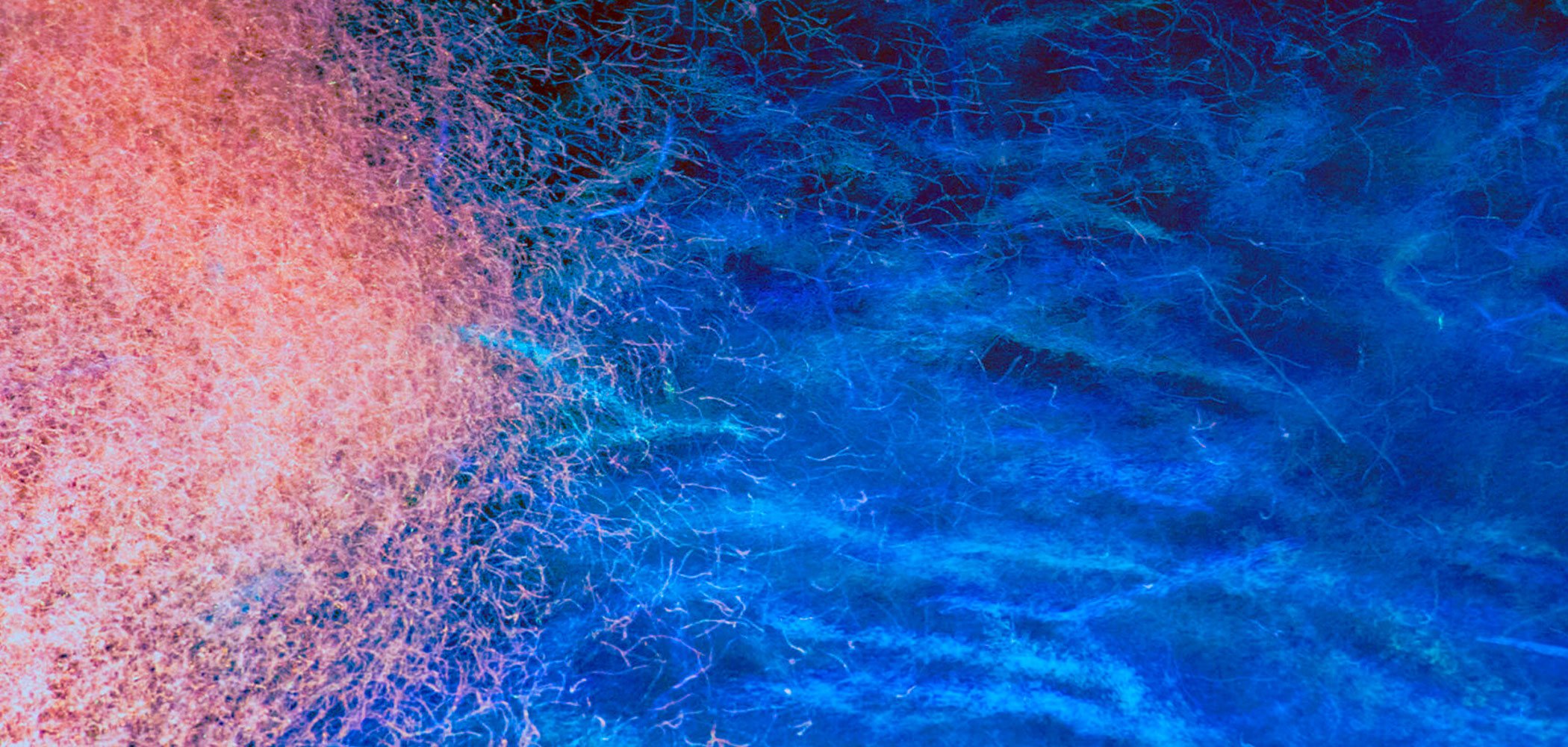Antarctic krill, despite being overshadowed by other more prominent species in the marine kingdom, are truly fascinating creatures.
You may already know about the numerous beneficial nutrients that krill has for pets, such as omega-3s, choline, astaxanthin, and marine proteins. But did you know that these tiny crustaceans also play a vital role in maintaining the delicate balance of the Antarctic ecosystem?
Here are three fascinating facts you need to know about these extraordinary creatures.
Read more: The health benefits of krill for pets
1. This is not your typical fish
Contrary to what their name may suggest, krill are not actually fish. The term "krill" originates from Norwegian, which means "small fry of fish," but in reality, these fascinating creatures are small crustaceans. They are easily recognizable by their distinctive features, such as their big black eyes and semi-transparent, reddish body.
Krill can be found in oceans worldwide, but they mainly gather in huge swarms in the waters surrounding Antarctica. These swarms act as the vital foundation of the entire Antarctic food chain, sustaining a wide variety of wildlife, including penguins, seabirds, seals, fish, and whales.

2. Antarctic Krill: The species with the largest biomass
Antarctic Krill, scientifically known as Euphausia Superba, has the largest biomass of the 85 recognized krill species. In fact, it's actually one of the largest single-species marine biomass on the planet.
The total weight of the krill biomass is estimated to be around 379 million tonnes, which is twice the size of the human biomass. Krill travel in huge swarms throughout the Antarctic waters, where they thrive on microscopic algae.
At certain times of the year, the swarms of Antarctic krill are so dense that they can even be seen all the way from space. This is truly remarkable, as you can also see below, and showcases their incredible presence in the Southern Ocean.

3. A sustainable keystone species
Krill are like the superheroes of the Antarctic ecosystem! They are the primary food source for a wide range of marine species, such as fish, whales, penguins, and seals. And despite all these, the krill population is incredibly resilient due to their speedy growth and reproduction.
Because of the crucial role they play in the Antarctic ecosystem, there have been dedicated efforts to promote responsible and sustainable krill harvesting practices. Of course, QRILL Pet (and Aker BioMarine) have been committed to ensuring a healthy ecosystem from the beginning. We have engaged in constructive dialogues with various non-governmental organizations to minimize the impact of fishing operations on the Antarctic environment.
The Commission for the Conservation of Antarctic Marine Living Resources (CCAMLR) plays an essential role in regulating the krill fishery, as it's the organization dedicated to preserving the rich marine life in Antarctica. It operates only within a small area of the Southern Ocean, called Area 48.
Area 48 is seen by independent NGOs as one of the most sustainable in the world, with responsible and environmental operations at its core. Of course, it's also where the Aker BioMarine krill fishery happens.
CCAMLR is committed to upholding the precautionary principle within this area, setting an annual quota of no more than 1% of the krill biomass. This responsible management approach ensures the stability and sustainability of the fishery, as any changes to the regulations require the consensus of 28 nations.
The careful management of the fishery helps in turn protect the delicate balance of the Antarctic ecosystem, making sure the world of krill continues to thrive.
Read more: Kill is sustainable
A few other important things to know
-
The QRILL Pet range is made entirely of whole Antarctic krill
-
Krill are wild and can't be farmed or raised
-
Krill weight is on average less than an ounce
-
They can generate their own light, which is known as bioluminescence.
In conclusion
The Antarctic krill, with their unique characteristics and significant role in the ecosystem, are an incredible species that deserve our attention and protection.
Understanding their importance and supporting responsible fishing practices ensure that these tiny organisms continue to play a vital role in maintaining the health and diversity of the Antarctic marine environment.

